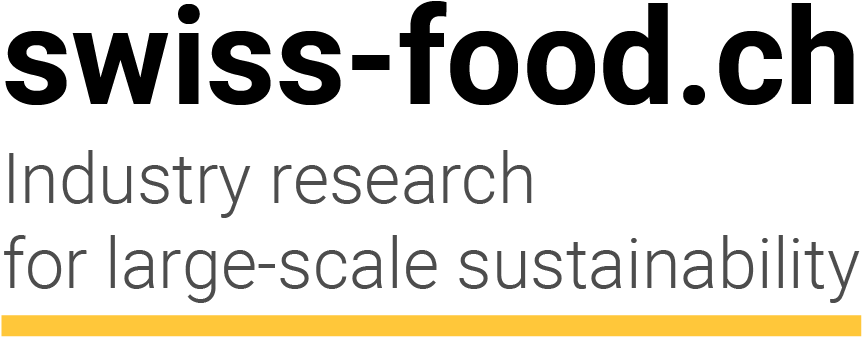
Imports instead of regionality: tomato virus destroys domestic production
Although tomatoes and peppers are among the most popular vegetables in Switzerland, most of them are imported. Extreme weather conditions and diseases are to blame. The first companies have already developed resistant tomato varieties – but the federal government remains sceptical of new technologies.
Sunday, September 29, 2024
While only about 50% of the tomatoes consumed in this country come from Switzerland, the share of domestic production for peppers is a mere two per cent. All the rest is imported from abroad. The main suppliers are Spain and the Netherlands.
The large-scale import of these vegetables is surprising, given that tomatoes and peppers top the list of the most popular vegetables in Switzerland: the annual per capita consumption of peppers is 5.15 kilograms, while for tomatoes – the vegetable with the highest turnover in the Swiss retail trade – it is almost seven kilograms. So both vegetables are extremely popular. Added to this is the fact that regional products are more in demand than ever. So why are so many imported?
As the magazine Schweizer Bauer reports, there are reasons for the low level of self-sufficiency. In an interview, Emanuel Golder from the Federal Office for Agriculture reports that Swiss production has been comparatively low this year due to disease pressure and a lack of light. A large proportion of the 14 hectares of Swiss pepperoni, which are mainly grown in greenhouses and with an organic label, have been destroyed.
The vegetable was particularly affected by the tomato virus ToBRFV (Tomato Brown Rugose Fruit Virus). This is a plant virus that affects tomatoes and peppers, causing considerable damage. Leaves and fruits become discoloured, growth is inhibited and, in the worst case, the plant dies completely.
The consequences are devastating: this year, around 150 tonnes of cherry tomatoes had to be imported, compared to only 30 tonnes last year.
Farmers lose 70% of their harvest
It is surprising that the plant virus is still wiping out the vegetables. The acreage for tomatoes in Switzerland is steadily increasing, which should actually have an impact on supply – but this has not yet been achieved. As Markus Waber from the Association of Swiss Vegetable Producers explains, weather-related fluctuations are a problem. Cool, wet and cloudy weather conditions can cause crop failures, while warm periods promote growth.
The situation is also precarious for other crops this year. Potato farmers are sounding the alarm, describing conditions as disastrous, and the heavy rain has also had a massive impact on winegrowers. These examples illustrate the fact that extreme weather conditions such as the heavy precipitation this year favour diseases and lead to crop failures and consequently to the low level of self-sufficiency. In order to continue regional production, more technological support is needed, such as modern pesticides or new breeding technologies.
In the case of the tomato virus, modern plant breeding in the sense of plant genetics could make an important contribution and reduce crop failures. The industry has already provided appropriate solutions and is constantly conducting further research: For example, Syngenta developed the first tomato varieties that are resistant to the virus, and they have been available to buy and plant since the beginning of 2021. The company has recognised the massive impact of the virus on farmers and is responding quickly: ‘Tomato brown rugose fruit virus has a significant impact on farmers. In fact, farmers can lose up to 70% of their crop to the virus, and it spreads quickly,’ said Marcel Prins, Head of Germplasm Development, in a statement.
But new varieties alone are not a panacea. Modern pesticides are also part of the toolbox and are essential to prevent crop losses, as Bernese winegrowers have had to discover again this year. Unfortunately, there has been an approval backlog at the federal level for years. If Swiss politicians were more open to the approval of modern crop protection and new breeding methods, farmers would not only be better able to meet the high demand for high-quality vegetables, but would also be able to meet consumer demand for regional products.
Sources
Schweizer Bauer 31 July 2024, p.8 ‘Weekly requirement of 1200 tonnes’ [print edition only]
Schweizer Bauer 31 July 2024, p.13: ‘High import share despite great popularity’ [print edition only]
Kindly note:
We, a non-native editorial team value clear and faultless communication. At times we have to prioritize speed over perfection, utilizing tools, that are still learning.
We are deepL sorry for any observed stylistic or spelling errors.
Related articles
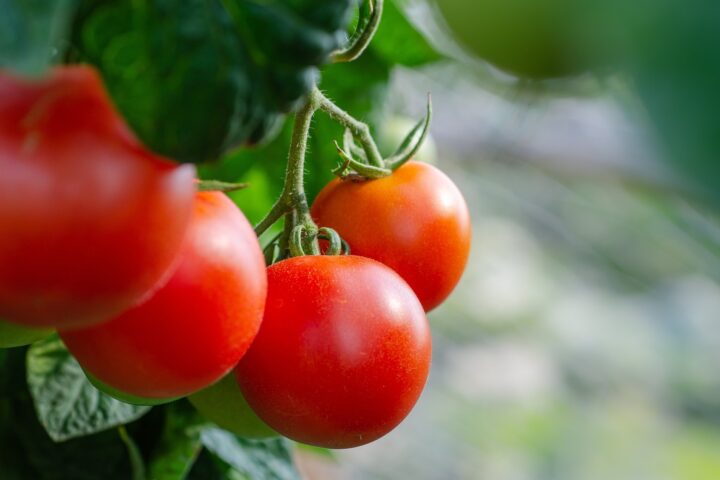
Tomatoes: From «water bomb» to aromatic fruit
The diversity of commercially marketed tomato varieties is greater today than ever before. This has to do in particular with the breeding of new varieties.

Tomato salad to combat vitamin D deficiency
Modern breeding methods can contribute to better health. For this reason, Bayer wants to use genome editing to breed more nutritious vegetables. In collaboration with the South Korean biotech company G+FLAS, tomato varieties are to be developed that are enriched with vitamin D3. Vitamin D deficiency is widespread and can lead to health problems such as rickets or osteoporosis.
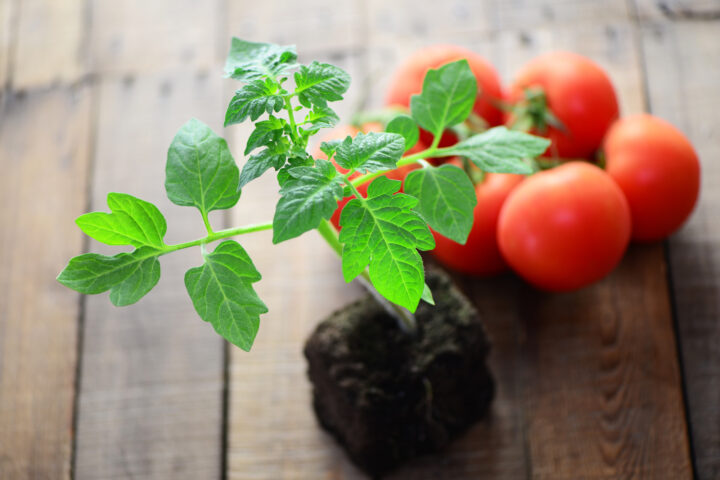
Ten applications of new breeding technologies for Switzerland
The summer of 2021 has shown how damaging prolonged rain can be for crops. With climate change, the likelihood of extreme weather events will increase. Farmers therefore need improved plant varieties that can withstand heat but also a lot of moisture.
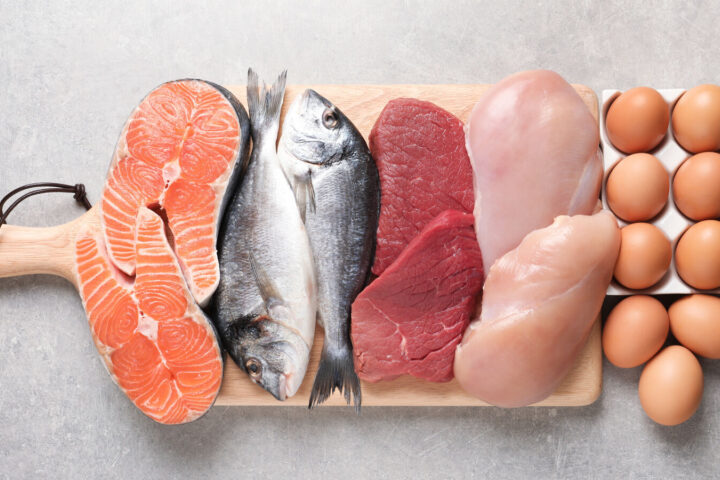
Sales bans due to PFAS: Should we be worried?
After spectacular sales bans on fish and meat due to PFAS contamination, consumers are asking themselves: How dangerous are these substances really – and what can still be placed in the shopping basket without concern?
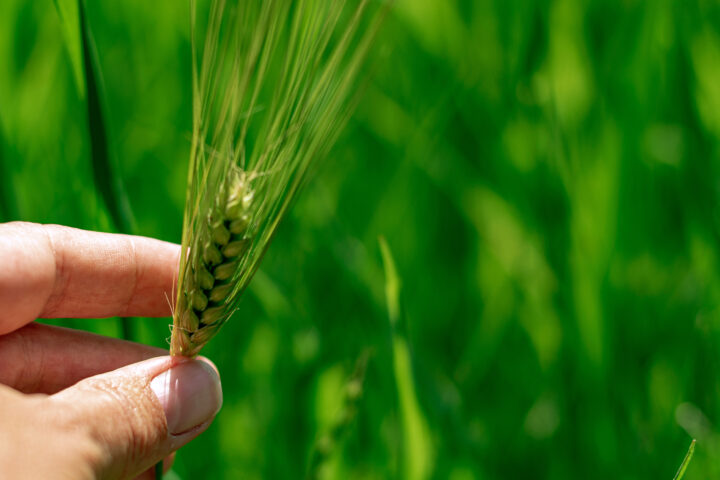
How German Experts View New Breeding Techniques
In hardly any other country is the idyllic image of organic farming cultivated in the public sphere as carefully as in Germany. Naturalness and rural authenticity are powerful mental refuges for many Germans. Against this backdrop, it is hardly surprising that resistance to new breeding techniques is strong – and that ignorance about the realities of organic farming sometimes appears almost deliberate.
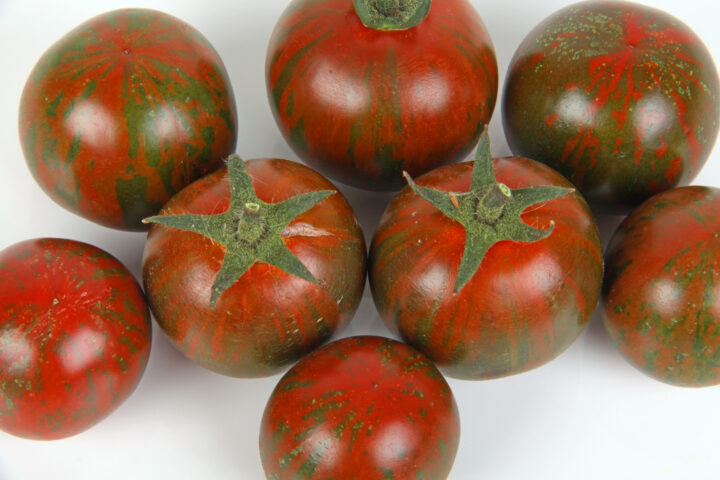
Why consumers accept gene-edited foods on their plates
Acceptance of gene-edited foods increases when the tangible benefits for consumers are easy to understand. A recent study by the Center for Food Integrity (CFI), conducted in collaboration with FMI – The Food Industry Association, shows that consumers evaluate technologies such as genome editing positively when they recognize clear advantages for health, the environment, or food security.
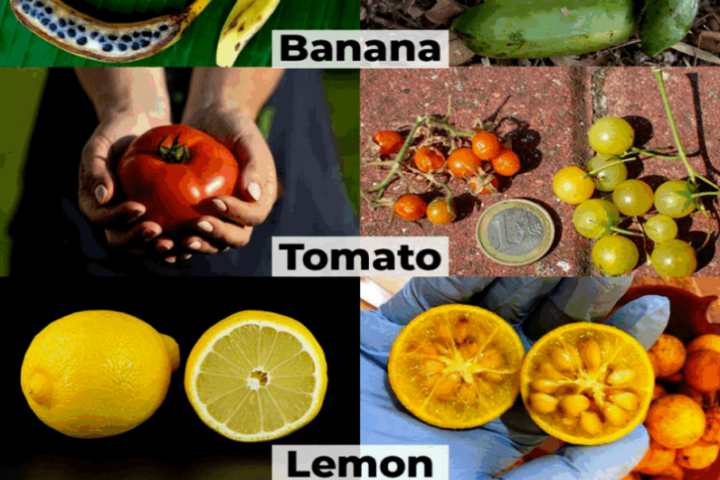
Beautiful and delicious mutants on your plate: The misunderstood world of crop improvement
When most of us hear the word mutation, the images that come to mind are not positive. We think of radioactive monsters, comic book villains, or genetic diseases like sickle-cell anemia. In popular culture, “mutants” are often synonymous with danger. Possibly the most famous are Marvel’s X-Men, who have enjoyed four big-screen incarnations and an enduring place among sci-fi movie aficionados.

